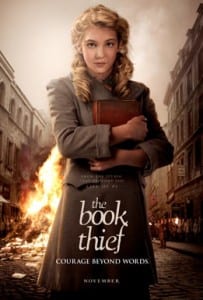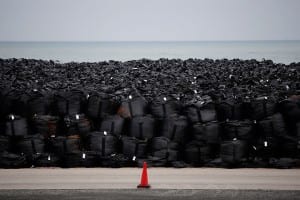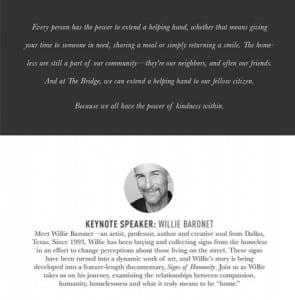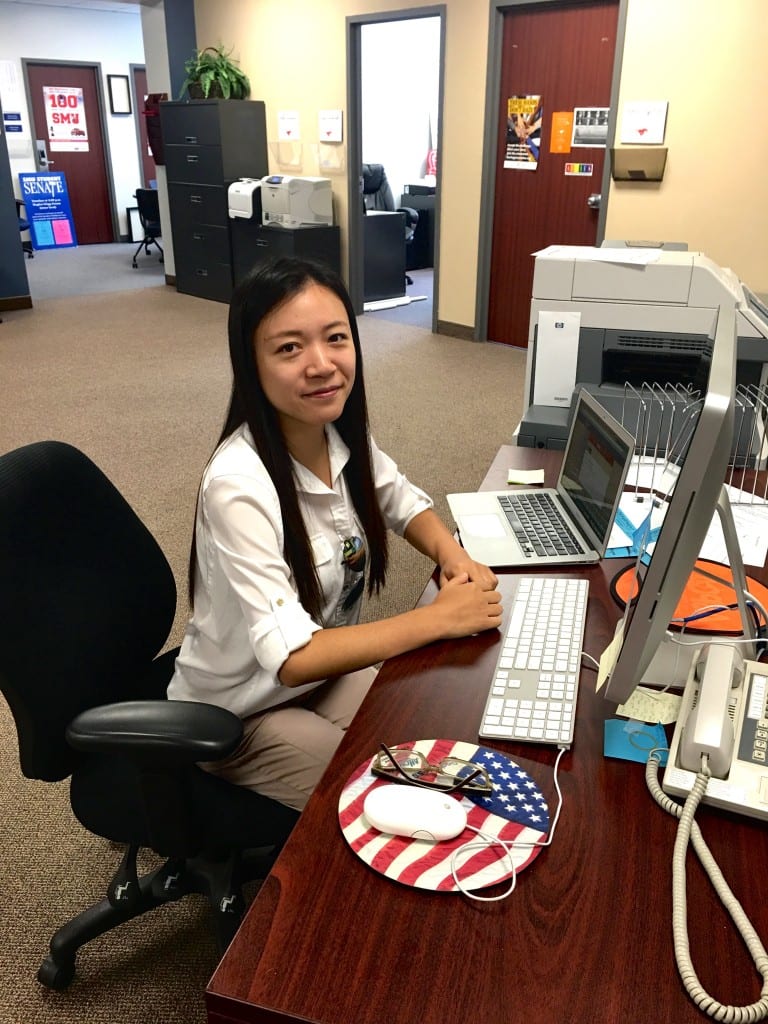By: Alice Kendrick
 When I first moved to Texas, a friend introduced me to the iconic institution Whataburger. First, I learned I had to make a basic choice: theJustaburger or the Whataburger.
When I first moved to Texas, a friend introduced me to the iconic institution Whataburger. First, I learned I had to make a basic choice: theJustaburger or the Whataburger.
Really? “Justa”?????? I thought why settle for Justa when you could have WHATA???
The Justa mentality won’t get you very far in the field of advertising. The notion of merely finishing a task or producing acceptable work is at odds with the ‘always on,’ iterative and optimization-seeking nature of the business. Advertising’s ever-changing, highly competitive and creative environment rewards the Whata’s — the enterprising — those who don’t consider completion of assignments as the end goal but rather strive to make the work better and best by repeatedly (iteratively) going above and beyond the proverbial call of duty.
My favorite definition of enterprising comes from the Oxford Dictionary:
“Having or showing initiative and resourcefulness”. Whata combination, right?
The example they give is “Some enterprising teachers have started their own recycling programs.” So, the teachers were not asked to initiate recycling programs; they did it on their own.
Initiative and resourcefulness – going above and beyond (and often in the face of shrinking budgets) – are traits that are highly valued in advertising, for it is the new, great, integrated, efficient, clever, impactful idea or way of doing something better that wins the day, the account, the prize. If you are satisfied with simply doing something per instructions, being a professional marketing communicator might not be the place for you. I was an ‘A’ student in college, but my first internship employer gave me a wake-up call about initiative when in his evaluation he wrote that although my work was of high quality, I was not enterprising. I actually had to look it up in the dictionary, as I thought the word involved making money. It means a lot more than that. That’s all I needed to hear, and I am forever grateful that he offered that candid assessment. I have never looked back.
 I draw an enormous amount of inspiration as a teacher and researcher from our fantastic TAI alumni, many of whom are incredibly enterprising. A recent example is the award-winning advertising campaign for the movie The Book Thief, masterminded by our own
I draw an enormous amount of inspiration as a teacher and researcher from our fantastic TAI alumni, many of whom are incredibly enterprising. A recent example is the award-winning advertising campaign for the movie The Book Thief, masterminded by our own
alumna Julie Rieger (’91), EVP-Media of 20th Century Fox in Los Angeles. Never one to be satisfied with a Justa-campaign, Julie flexed her enterprise as a student when she led SMU’s 1991 AAF National Student Advertising Competition team to its first national ranking. 
In an effort to optimize the media budget for The Book Thief, Julie made history by negotiating the purchase of two consecutive blank pages in the New York Times, the second of which simply offered the movie’s URL www.wordsarelife.com. Arresting. Innovative. Shareworthy. On strategy given the movie’s message. Resourceful. Enterprising. You can learn more about how this Whata-promotion and our Whata-alum here.
So, how can students be more enterprising? Before class, not only read the chapter but also find your own examples of what’s being discussed. And share. If you really want to shock your prof, send an unsolicited (enterprising) email with a link to an article you think she might find interesting. This semester, two of my 57 students did that. Yes, I noticed. Don’t just fulfill the expectations for an assignment. Blow. It. Out. Of. The. Water. We will notice. So will your internship supervisors when you use your down time to create an annotated bibliography of current research and thinking on a subject related to an agency account. Knock their proverbial socks off. They will notice. And they will later write you a Whata-recommendation.
Just by writing this I’m getting my enterprise on. We may need to start a movement here. #upforwhata? #beyondwhata? #bethewhata? #taiwhata?
Dr. Alice Kendrick is a professor in the Temerlin Advertising Institute, SMU. The best way to reach her is akendric@smu.edu.



 Attendees included Visiting Professor Yuting Li, Head of the Advertising Department, Guangdong University of Finance & Economics, China as well as colleagues from across campus. Often the work is related to research, but can also involved creative works and industry endeavors. Our next brown bag will be in December. Keep your eye out for highlights from December’s presenter!
Attendees included Visiting Professor Yuting Li, Head of the Advertising Department, Guangdong University of Finance & Economics, China as well as colleagues from across campus. Often the work is related to research, but can also involved creative works and industry endeavors. Our next brown bag will be in December. Keep your eye out for highlights from December’s presenter!




 I draw an enormous amount of inspiration as a teacher and researcher from our fantastic TAI alumni, many of whom are incredibly enterprising. A recent example is the award-winning advertising campaign for the movie
I draw an enormous amount of inspiration as a teacher and researcher from our fantastic TAI alumni, many of whom are incredibly enterprising. A recent example is the award-winning advertising campaign for the movie 